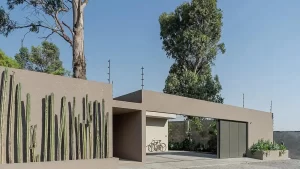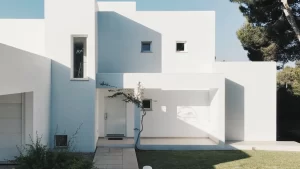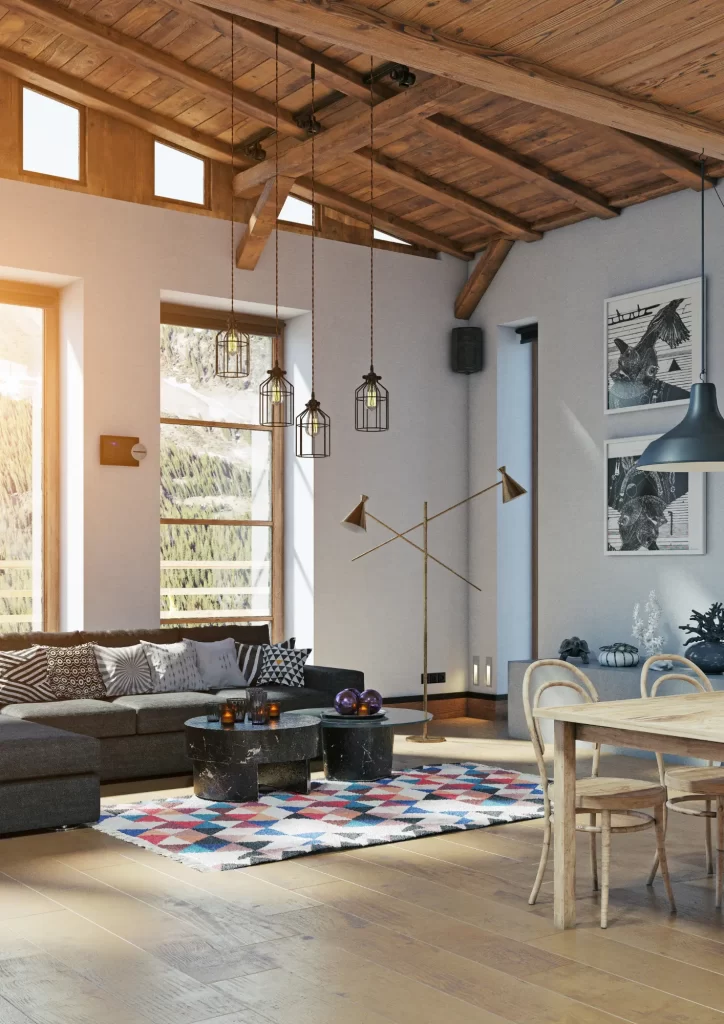Welcome to our blog post on “Hacienda Architecture: Unveiling the Timeless Beauty of Mexican Estate Design”. The Hacienda style is a traditional architectural style that is deeply rooted in Mexican culture and history. It’s a style that reflects the rich heritage of Mexico and its people, and it’s a style that’s still relevant today. This post will explore the traditional elements of the Hacienda style, its historical roots and its influence on modern house design in Mexico. We will take a closer look at the key elements of hacienda-style architecture, the traditional layout and floor plan, the influence of Spanish colonial architecture, and the role of haciendas in Mexican society. We will also examine how to incorporate traditional hacienda elements in modern home design, the use of traditional Mexican craftsmanship, the use of color and textiles, and the use of outdoor spaces and gardens. We hope that this post will inspire you to incorporate a touch of hacienda-style into your own home.
Traditional House Design in Mexico
The hacienda style is a unique blend of Spanish colonial and indigenous Mexican architectural influences, characterized by its use of natural materials, terracotta tiles, and open courtyards. The hacienda style has a rich history, dating back to the 16th century when Spanish colonizers built grand estates for wealthy landowners in Mexico. These haciendas were not only homes but also served as centers of economic and social activity, playing a significant role in the cultural heritage of Mexico. The style has evolved over the centuries, incorporating new design elements, but still holds its traditional essence.
Key Elements of Hacienda Style Architecture
One of the key elements of hacienda-style architecture is the use of natural materials. Traditional haciendas were built with materials that were readily available in the region, such as adobe, stone, and wood. These materials give haciendas a warm and inviting feel, making them perfect for the hot and humid climate of Mexico. The use of natural materials also creates a sense of harmony with the surrounding environment, making haciendas blend in with the landscape.
Another important element of hacienda-style architecture is the use of terracotta tiles. These tiles, often used for roofing and flooring, are made from clay and are known for their durability and resistance to heat. Terracotta tiles are also used to add color and texture to haciendas, creating a unique aesthetic that is both rustic and elegant.
Open courtyards are also a defining feature of hacienda-style architecture. These central courtyards are often the heart of the hacienda, providing natural light and ventilation to the interior spaces. They also serve as outdoor living spaces, where residents can enjoy the warm climate and beautiful surroundings. The open courtyards also add a sense of privacy and security to the haciendas.
These are just a few of the key elements of hacienda-style architecture, and as you explore more about this traditional style, you’ll find many more interesting design elements that make haciendas so unique and charming.
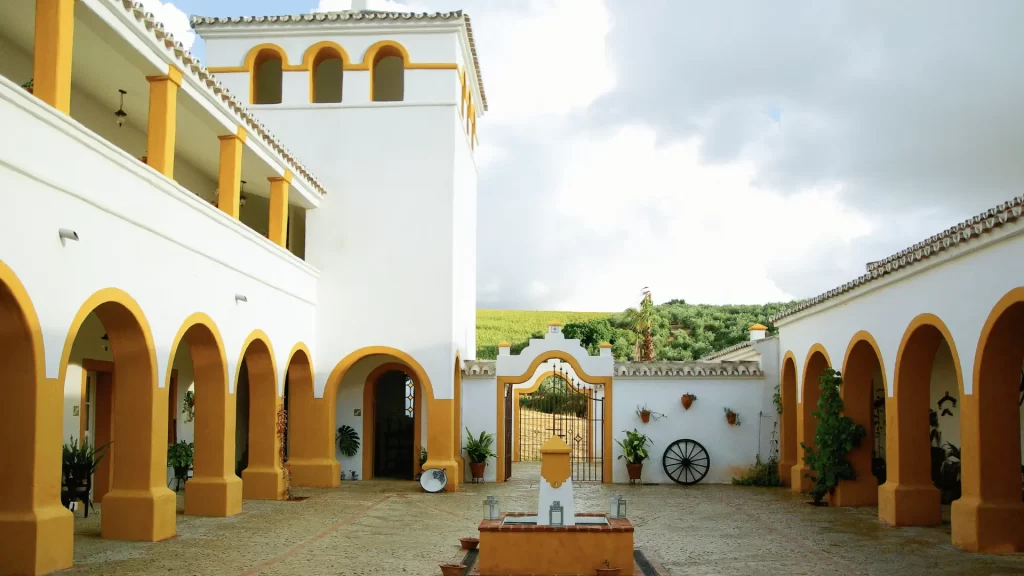
Floor Plan of an Hacienda
The traditional layout and floor plan of a hacienda is characterized by its use of a central courtyard, living areas, and bedrooms.
The central courtyard is the heart of the hacienda, providing natural light and ventilation to the interior spaces. It is often the first thing that visitors see when they enter the hacienda, and it serves as an outdoor living space, where residents can enjoy the warm climate and beautiful surroundings.
The living areas of the hacienda are often located around the central courtyard. These areas include the living room, dining room, and kitchen. The living room is typically the largest and most formal space, often featuring high ceilings and large windows to let in natural light. The dining room is typically located adjacent to the kitchen, and it is often used for formal occasions. The kitchen is typically located at the back of the hacienda, and it is often used as a working space.
The bedrooms are typically located on the upper level of the hacienda. They are often separated from the living areas by a central hallway, and they have access to the central courtyard. The bedrooms are typically smaller than the living areas, and they are often used for sleeping and private activities.
In conclusion, the traditional layout and floor plan of a hacienda is characterized by its use of a central courtyard, living areas, and bedrooms. The central courtyard serves as the heart of the hacienda and provides natural light and ventilation to the interior spaces. The living areas are often located around the central courtyard, and the bedrooms are typically located on the upper level of the hacienda. This layout creates a sense of privacy, security, and connection with the environment, reflecting the culture and heritage of Mexico.
Influence of Spanish Colonial Architecture on House Design in Mexico
The influence of Spanish colonial architecture is evident in many aspects of hacienda-style architecture. One of the most notable elements borrowed from Spanish colonial architecture is the use of arches. Arches are a common feature in haciendas, used to create grand entranceways and to separate different spaces within the hacienda. These arches are often decorated with intricate details, such as keystones and moldings, adding an ornate touch to the hacienda style.
Columns are another element borrowed from Spanish colonial architecture that can be found in haciendas. Columns are often used to support arches and to create grand entranceways. They are often decorated with ornate details, such as carvings, adding to the grandeur of the hacienda style.
Ornate details are also a defining feature of hacienda-style architecture, borrowed from Spanish colonial architecture. These details can be found in many aspects of the hacienda, including the use of intricate tile work, hand-carved woodwork, and stonework. These ornate details add a touch of elegance and luxury to the hacienda style.
The combination of traditional Mexican elements with Spanish colonial architecture has created a unique architectural style that is both grand and elegant. These elements of arches, columns, and ornate details make haciendas stand out and give them a character that is not found in other architectural styles.
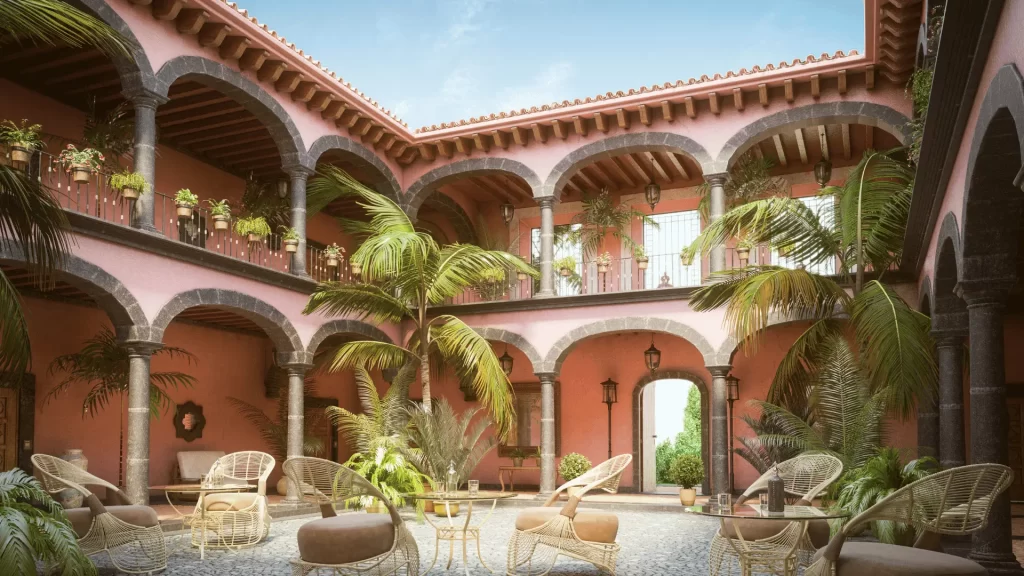
The Role of Haciendas in Mexican Society
Haciendas played an important role in Mexican society, particularly during the colonial period. They were grand estates for wealthy landowners, who used them for both residential and economic purposes. Haciendas were not only homes but also served as centers of economic activity, such as farming, ranching, and mining. They were also social centers, where the elite would gather for parties, events, and other social activities.
During the colonial period, haciendas were also used as a means of controlling the indigenous population. The Spanish colonizers forced indigenous people to work on haciendas as a form of labor, which led to the loss of traditional indigenous ways of life.
Despite this dark history, haciendas have become an important part of Mexico’s cultural heritage. They are a tangible reminder of the country’s rich history and culture, and they have been preserved as important historical sites. Many haciendas have been converted into museums, hotels, and other tourist attractions, allowing visitors to experience the grandeur and elegance of the hacienda style.
In recent years, haciendas have also been transformed into luxury resorts, vacation homes, and even residential communities. They have been modernized with all the necessary amenities to suit contemporary living, but still retain their traditional essence.
In conclusion, haciendas were once grand derivatives for wealthy landowners and were used as a center of economic and social activity. Today, they are an important part of Mexico’s cultural heritage and have been transformed into tourist attractions, luxury resorts, and residential communities. They are a reminder of the country’s rich history and culture and are still relevant today.
Traditional Hacienda Elements in Modern House Design
Traditional hacienda elements are finding their way back into modern home design. The use of natural materials, terracotta tiles, and open spaces are some of the most popular ways to incorporate the traditional hacienda style into a modern home.
Natural materials are a common feature of hacienda-style architecture, and they are also being used in modern house design. The use of natural materials such as wood, stone, and adobe can create a warm and inviting ambiance, adding a sense of harmony with the surrounding environment. These materials are also sustainable and durable, making them an ideal choice for modern homes.
Terracotta tiles are another traditional element of hacienda-style architecture that is being used in modern house design. These tiles are known for their durability and resistance to heat, making them perfect for the hot and humid climate of Mexico. They also add color and texture to the home, creating a unique aesthetic that is both rustic and elegant.
Open spaces are also an important aspect of hacienda-style architecture, and they are also being incorporated into modern home design. The use of open spaces, such as courtyards, patios, and terraces, can create a sense of connection between the interior and exterior spaces, providing natural light and ventilation to the home. These spaces can also serve as outdoor living areas, where residents can enjoy the warm climate and beautiful surroundings.
In conclusion, incorporating traditional hacienda elements in modern home design can add a touch of history, warmth, and elegance to the home. The use of natural materials, terracotta tiles, and open spaces can create a unique aesthetic that is both rustic and elegant, and that is perfect for the hot and humid climate of Mexico. These elements also reflect the culture and heritage of Mexico, making the home a unique, authentic and special place.
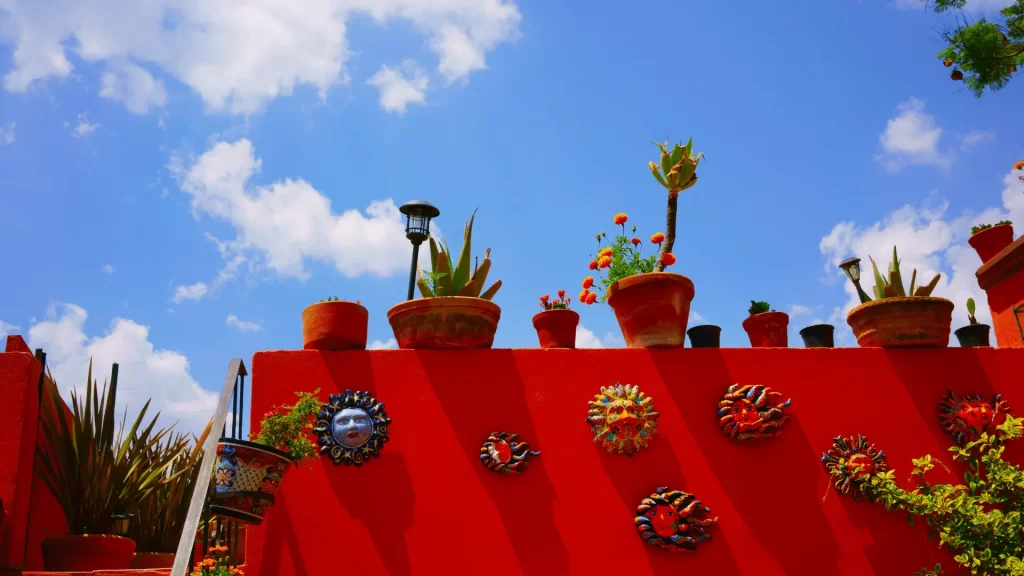
Mexican Craftsmanship
The use of traditional Mexican craftsmanship is an important aspect of hacienda-style architecture. These traditional techniques and materials add a sense of authenticity, warmth and elegance to the home.
Hand-painted tiles are a common feature of hacienda-style architecture. These tiles are made by skilled artisans who use traditional techniques to create intricate designs and patterns. Hand-painted tiles can be used to add color and texture to the home, and they can also be used to create murals and other decorative elements.
Woven textiles are another traditional Mexican craftsmanship that can be found in hacienda-style homes. These textiles are made by skilled artisans who use traditional techniques to create intricate patterns and designs. Woven textiles can be used to add color and texture to the home, and they can also be used to create rugs, curtains, and other decorative elements.
Hand-carved woodwork is also a traditional Mexican craftsmanship that can be found in hacienda-style homes. These woodworks are made by skilled artisans who use traditional techniques to create intricate patterns and designs. Hand-carved woodwork can be used to add a sense of elegance and luxury to the home, and they can also be used to create decorative elements such as frames, furniture, and trimwork.
In conclusion, incorporating traditional Mexican craftsmanship into hacienda-style homes adds a sense of authenticity, warmth and elegance to the home. The use of hand-painted tiles, woven textiles, and hand-carved woodwork can create unique and special details that reflect the culture and heritage of Mexico. These elements are not only beautiful but also are a testament to the skilled craftsmanship of traditional artisans, making the home a unique and special place.
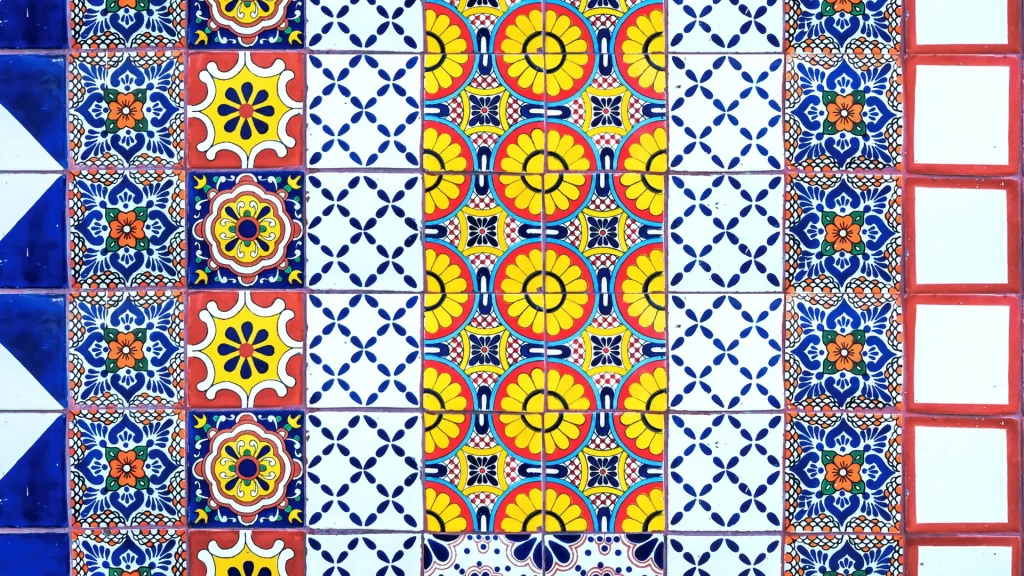
Color and Textiles
The use of color and textiles is an important aspect of hacienda-style interiors. These elements add warmth, texture, and a sense of elegance to the home.
Color is a key element in hacienda-style interiors. Traditional haciendas often used a neutral color palette, with earthy tones such as beige, terracotta, and white. These colors reflect the natural surroundings and create a sense of harmony with the environment. Bright and bold colors are also used in hacienda-style interiors, such as deep reds, blues, and greens. These colors add a sense of warmth and liveliness to the home.
Textiles are another important element in hacienda-style interiors. Traditional Mexican textiles, such as woven blankets, rugs, and curtains, are often used in hacienda-style interiors. These textiles are made by skilled artisans who use traditional techniques to create intricate patterns and designs. They add color, texture, and warmth to the home, creating a cozy and inviting ambiance.
Traditional Mexican patterns and colors are also used in hacienda-style interiors. These patterns and colors reflect the culture and heritage of Mexico and add a sense of authenticity and uniqueness to the home. They can be found on textiles, tilework, and other decorative elements, such as pottery and artwork.
In conclusion, the use of color and textiles in hacienda-style interiors adds warmth, texture, and elegance to the home. The use of traditional Mexican patterns and colors reflect the culture and heritage of Mexico and create a unique and authentic ambiance. These elements make the home cozy, inviting, and special, reflecting the traditional and contemporary aspects of Mexican culture.
Outdoor Spaces and Gardens
Outdoor spaces and gardens are an important aspect of hacienda-style homes. These spaces provide a connection between the interior and exterior of the home, and they serve as an extension of the living spaces.
Courtyards are a defining feature of hacienda-style homes. These central courtyards are often the heart of the home, providing natural light and ventilation to the interior spaces. They also serve as outdoor living spaces, where residents can enjoy the warm climate and beautiful surroundings. Courtyards are often decorated with traditional Mexican elements, such as fountains, pottery, and plants, creating a sense of serenity and tranquility.
Patios are also a common feature of hacienda-style homes. These spaces are often used for dining, entertaining, and relaxing. Patios can be decorated with traditional Mexican elements, such as woven hammocks, outdoor fireplaces, and traditional furniture, creating a cozy and inviting ambiance.
Terraces are another outdoor space that is often found in hacienda-style homes. These spaces are often used for relaxing and enjoying the beautiful views. Terraces can be decorated with traditional Mexican elements, such as pottery, plants, and outdoor furniture, creating a sense of connection with the surrounding environment.
In conclusion, outdoor spaces and gardens are an important aspect of hacienda-style homes, providing a connection between the interior and exterior of the home, and serving as an extension of the living spaces. Courtyards, patios, and terraces are decorated with traditional Mexican elements, creating a sense of serenity, tranquility, and connection with the surrounding environment. These spaces are perfect for relaxing, entertaining and enjoying the beautiful views and warm climate of Mexico.
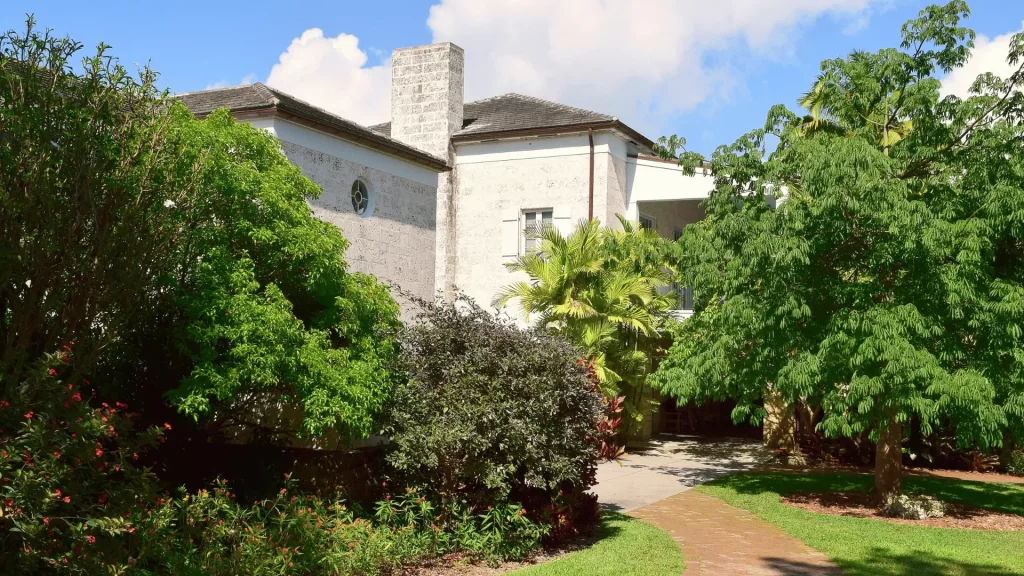
In conclusion, the traditional Mexican hacienda style is a unique blend of Spanish colonial and indigenous Mexican architectural influences, characterized by its use of natural materials, terracotta tiles, and open courtyards. It is a style that reflects the rich heritage of Mexico and its people and still relevant today.
If you’re interested in incorporating hacienda-style elements into your own home, there are a few tips to keep in mind:
- Use natural materials: Incorporating natural materials such as wood, stone, and adobe can create a warm and inviting ambiance, adding a sense of harmony with the surrounding environment.
- Incorporate terracotta tiles: These tiles are known for their durability and resistance to heat, making them perfect for the hot and humid climate of Mexico. They also add color and texture to the home, creating a unique aesthetic that is both rustic and elegant.
- Create open spaces: Incorporating open spaces such as courtyards, patios, and terraces can create a sense of connection between the interior and exterior spaces, providing natural light and ventilation to the home, and serving as outdoor living areas.
- Use traditional Mexican craftsmanship: Incorporating traditional Mexican craftsmanship such as hand-painted tiles, woven textiles, and hand-carved woodwork can add a sense of authenticity, warmth, and elegance to the home.
- Incorporate traditional Mexican patterns and colors: Using traditional Mexican patterns and colors can reflect the culture and heritage of Mexico and create a unique and authentic ambiance.
By keeping these tips in mind, you can incorporate hacienda-style elements into your own home, creating a unique and authentic space that reflects the culture and heritage of Mexico.


